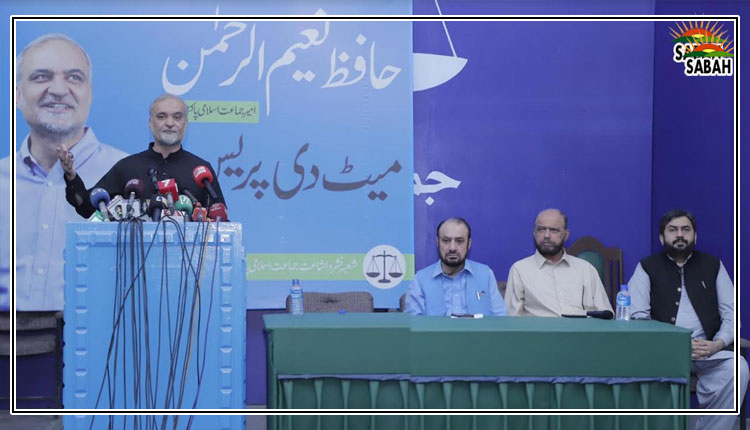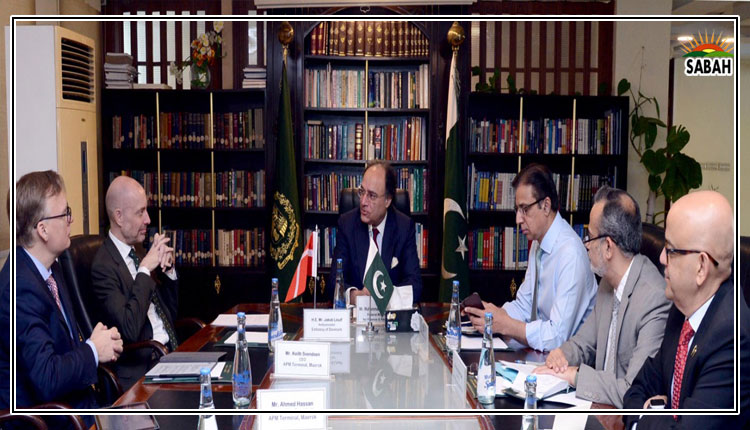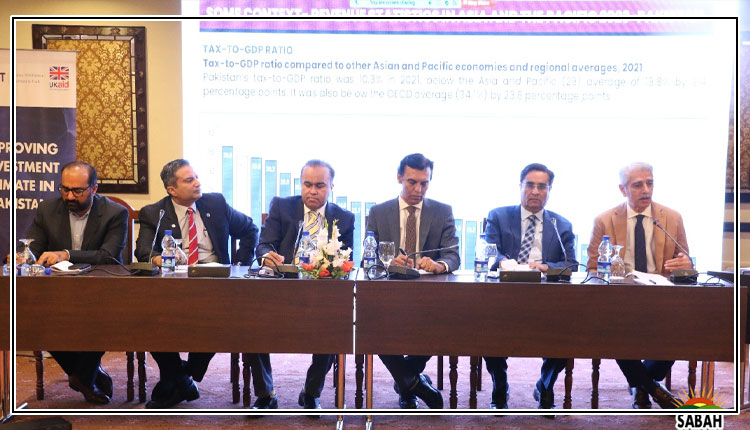Kicking a cheap energy addiction: Part – II …. James Trevelyan
What are the options for Prime Minister Shehbaz Sharif and his team? What Finance Minister Ishaq Dar has not mentioned is the high cost of electricity distribution and the need to account for the future replacement costs as wires corrode, transformers melt down and insulators fall apart.
By focusing only on generation costs, he is blind (and blinding Pakistans citizens) to the real magnitude of the financial crisis in the electricity sector. Dedicated teams of technicians apply patches on patches in a daily struggle to keep the power flowing and the system from falling apart completely, but they cannot do this on a zero budget indefinitely. Complete failures such as we experienced in January will recur with increasing frequency and the IMF will no doubt withhold the much-needed billion dollars.
Lifting power prices for everyone to Rs125 is simply not politically possible with elections in a few months. Not even after that.
Lets do a simple calculation to assess the magnitude of the problem. What is the cost of continuing subsidies till after the election, for the rest of 2023?
In the next 11 months, Pakistan will need to generate about 122,000 GWh, similar to the figure for the full year 2022. This will cost about $13.4 billion, about Rs3,700 billion at todays exchange rate. At an average tariff of Rs20, just the difference between the generation cost and revenue will be $7 billion, nearly Rs2,000 billion. However, the real cost of providing power is around $0.45 so the actual loss will be about $34 billion, or a little less than 10 per cent of Pakistans GDP.
Pakistans electricity prices are lower than similar countries. Indonesia, even with its own vast coal, oil and gas resources, charges a minimum $0.095 (Rs26) and India $0.07.
In Pakistan it is time to understand that the world will not pay for our electricity subsidies. We must face the real costs of electricity and gas. Also, it is not fair for hard-working Pakistan people to pay income and sales taxes that subsidise the cost of running air conditioners for the wealthy elite who could afford the full cost of their obsessive heat avoidance in summer. Charging the full cost of electricity will drive people to adopt simple efficiency measures which will, in turn, reduce demand for power and gas.
However, most people in Pakistan cannot afford to pay the full cost for the foreseeable future. Indeed, many will struggle to pay the additional 4 -5 rupees a unit that the government has already announced.
Therefore, the first option on the table must be charging wealthy consumers and businesses using more than 300 or 400 units a month the full cost of supply on all the units they consume, with an additional cost to pay for the extra generating and power distribution capacity needed to provide them with the power they consume. At least Rs130 per unit. Then there is no further need for import duty and sales tax concessions on solar equipment which only the wealthy can afford anyway.
Once wealthy consumers pay the full cost of electricity, solar still makes sense economically without these concessions. The feed-in tariff paid to the small group of consumers with net power meters can also be slashed to similar levels seen in Australia today, about five rupees a unit exported.
Assuming that high usage connections comprise about 10 per cent of total electricity consumption, this could raise about $4 billion in a year. This would provide enough financial room for the government to start introducing other reforms, but it is only a start. This measure would also send a strong signal to less wealthy Pakistanis that the elite are starting to pay their own way, and therefore provide room for the government to steadily remove subsidies across the rest of the system.
Charging more for electricity brings another very large benefit that is shared widely. By raising the cost for electricity, demand will fall and government revenues will increase, removing the need for loadshedding.
Eliminating loadshedding would not only be popular. It would be the most effective single measure to reduce real power costs by eliminating the need for standby generators and the fuel imports needed to run them.
Investing in more wind and solar generation might help a little. The Pakistan governments data reveals that large-scale solar and wind generators receive $0.04 per unit. However, the reduced generating cost wont help much because distribution dominates the supply cost.
There are some side-effects that might arise with 24-hour power. Particularly in Balochistan, farmers wire their pumps directly to power lines with no meter. Therefore, intermittent power might be reducing water demand from fast-depleting aquifers.
Increasing power prices will also encourage adoption of more energy-efficient air-conditioning. My company, among others, has commercialized technology that reduces the energy needed for comfort by 7090 per cent, to as low as 100 watts per person. Countries like Singapore, Japan, South Korea and the US prospered because air conditioning enabled people to be productive in steamy hot summer climates.
However, conventional air conditioning wastes nearly all the energy by cooling concrete, and providing conventional air conditioning for billions across South Asia and Africa might literally cook the planet because of greenhouse emissions. However, new energy-saving technologies like ours are far more sustainable and might enable similar widespread productivity improvements with minimal environmental impacts.
Raising productivity is ultimately the best solution for Pakistan and so many other countries with hot climates, and energy-efficient cooling is a key prerequisite.
The writer is emeritus professor at the University of Western Australia and CEO of Close Comfort Pty Ltd (www.coolzy.com). He can be reached at: james@coolzy.com
Courtesy The News












